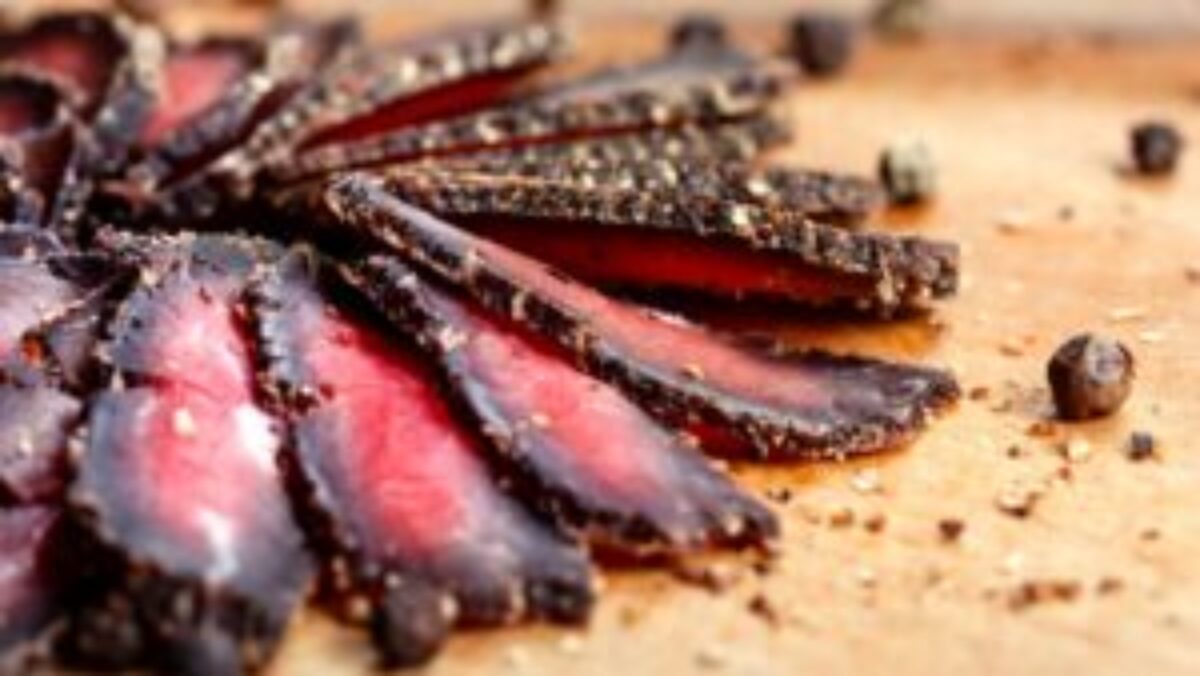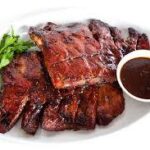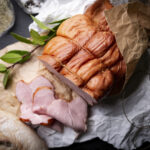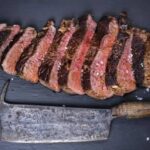
How to Make South African-Style Biltong
Biltong has always been a fan favourite, especially the ones made in the African style made of beef jerky. Like many other biltong enthusiasts, I was initially introduced to this culinary treasure as a child, and my addiction has remained.
Since I started making my Biltong a long time now, I am rather confident that this easy recipe maintains faithfulness to the dried meat’s ancient roots and does not fall short while adding a little refined elegance.
Biltong was created by Dutch settlers in South Africa known as “Voortrekkers,” who required dependable food sources for their protracted travels across the continent. The method and spice mixture has not altered much over time, but new kinds have lately appeared, including “piri piri” biltong and biltong which includes Worcestershire sauce and dried chiles.
How Can You Make the Best Biltong?
Curing Process
Trial and error will be your constant companion because there is a lot of misinformation and opinions on curing techniques, spice blends, and drying conditions. These also vary widely in nature. There is no need for some recipes’ multiple stages of curing, washing off, and reapplying spices. If you dislike throwing away delicate spices, you can only coat them once, let them cure in the refrigerator, pat them dry, and then hang them.
Temperature and Airflow
Biltong is dried to concentrate the flavour of the beef by removing a significant amount of moisture, a process known as “dry ageing.” Successful biltong production requires both sufficient ventilation and reasonably cool temperatures. Contrary to common opinion, heat is not necessary for the production of biltong, nor does it result in a superior product. The Italians produce a stunning beef product called “Bresaola” as the ideal illustration of this; it is produced by very slowly air drying meat at low temperatures in order to attain a uniform level of dryness and texture. Heat can be employed to boost air circulation around the meat by the use of a temperature gradient, even if the heat doesn’t improve the product’s quality.
Process of Drying Biltong
When I produced my first batch of biltong, I hung it from a piece of wood that I had wedged into a window frame next to a cool window and used a low-speed fan to move the air around. Really, all you require to succeed is that. Upgrade to a biltong box or another drying box for a bit more control. Since then, I’ve upgraded to a rusted-out fridge with holes in the bottom, missing mechanics, and a fan that draws air over the meat. Just enough airflow is used to remove moisture from the meat without drying the outside of the animal too quickly. What you need are cool surroundings with good airflow. The majority of homes have comfortable room temperatures; however, airflow can make it good. This meat is especially good for preparing biltong sticks, biltong steak, and smoked biltong.
Ingredients
- Meat – 2000 g Beef— Biltong Fatty Meat.
- Curing spice mix
- 5 tbsp Brown (malt) or cider vinegar
- 2.5 tbsp Coarse salt (2% of the meat weight)
- 2 tsp Ground black pepper
- 2 tbsp Coriander seed
- 1.5 tbsp Brown sugar
Instructions
- Toast the coriander seeds in a dry pan, then grind them down in a pestle and mortar or spice grinder. It should be mostly powder, with a few pieces of seed shells left in.
- Using a sharp knife, following the grain of the meat, cut into 1-inch (2.5cm) thick lengths and place in a non-metallic container.
- Combine all the spices and sprinkle them into the meat. Sprinkle the vinegar on and rub everything in thoroughly whilst turning the meat with your hands.
- Cover the container and let your biltong cure for 24 hours in the fridge, turning and rubbing through the meat occasionally.
- Remove the meat from the container and pat dry with kitchen towels, taking care not to remove too much of the spice.
- Add a hook to the thickest end of each length. Plastic-covered paper clips make for a cheap solution. Hang in your biltong box or in a well-aired, ventilated space with a fan blowing gently to increase airflow. Do not point a fan directly at the meat (to avoid case hardening). Make sure none of the pieces is touching. Place some newspaper below the meat to catch any liquid.
- Drying times will vary with humidity, airflow, and temperature. Test the readiness of your biltong every couple of days by squeezing the sides together with clean fingers. If you feel any give in the meat, it’s still ‘wet’ inside.
- Once ready, cut it into thin slices with a sharp knife and enjoy some of the best meat you’ll ever eat.
Conclusion
Making Biltong is an easy process, but it might require some patience and practice. Once you’ve tried it, you will swear by this homemade recipe and never look back at store-bought biltong. For your convenience, I have also added a function to the recipe that lets you adjust the serving sizes based on the weight of the meat. Grab the ingredients and try your luck to make the best biltong delicacy you have ever tried.







